Application and Effect Evaluation of Translators and Equipment Collaborative Translation in the Era of Large Language Model
DOI: 10.23977/langl.2024.070719 | Downloads: 19 | Views: 864
Author(s)
Chu Yumei 1
Affiliation(s)
1 Henan Vocational University of Science and Technology, Zhoukou, 466000, China
Corresponding Author
Chu YumeiABSTRACT
With the development of large language model, man and machine collaborative translation system has become an important means to improve the efficiency and quality of translation. In this study, we analyzed the application effect of human and machine collaborative translation system in different languages and fields, and comprehensively evaluated the quality of translation by using evaluation indicators such as BLEU, TER and review. It is found that compared with the traditional translation tools, human and machine collaborative translation can significantly improve the accuracy and fluency of translation, especially in the professional domain content and the translation of a few language pairs. In addition, the study also explored the optimal strategy of human-computer collaboration and the tuning guide of machine translation system, which provides certain theoretical support and practical guidance for realizing more efficient human-computer collaborative translation under different translation scenarios in the future.
KEYWORDS
Human and Machine Collaborative Translation; Large Language Model; Translation Quality Evaluation; Machine Translation Tuning; Professional TranslationCITE THIS PAPER
Chu Yumei, Application and Effect Evaluation of Translators and Equipment Collaborative Translation in the Era of Large Language Model. Lecture Notes on Language and Literature (2024) Vol. 7: 131-137. DOI: http://dx.doi.org/10.23977/langl.2024.070719.
REFERENCES
[1] Lin Ying. On Translation teaching in the Era of Machine Translation [J]. Modernization of Education, 2019,6 (76).
[2] Li Feiyu, Zhao Yahui, Cui Rongyi, Yang Feiyang. Sino-Korean machine translation study based on reinforcement learning and machine translation quality assessment [J]. Computer Application Research, 2021, 38 (08): 2288-2292.
[3] Huang Jiayue, Xiong Deyi. Improve the translation performance of neural machine translation systems by using collaborative training [J]. Journal of Xiamen University: Natural Science Edition, 2019, 58 (02): 176-183.
[4] Ma Minghao. Quality assessment of machine translation analysis [J]. Journal of Ningbo Institute of Education, 2019, 21 (06): 76-78.
[5] Zeng Wenhao, Zhang Yongbing, Yu Zhengtao, Lai Hua. A neural machine translation method in the legal field integrated the translation memory bank [J]. Application of electronic technology, 2023, 49 (09): 39-45.
[6] Hu Jian and Fan Zirui. The nature of translation from a machine-translation perspective [J]. Contemporary Foreign Language Studies, 2023, (02): 90-96.
[7] Li Xiang, Liu Yang, Chen Wei, Liu Qun. Improving the translation quality of neural machine translation compression models using monolingual data [J]. Chinese InformJournal, 2019, (07): 46-55.
[8] Han Dong, Li Junhui, Zhou Guodong. Neural machine translation of fused word translation [J]. Chinese InformJournal, 2019, (07): 40-45.
[9] Zhang Falien. Discussion on machine translation technology in legal translation [J]. Foreign Language audio-visual Teaching, 2020, (01): 53-58.
[10] Shen Fang. Machine translation quality estimation algorithm study of fused translation knowledge study [J]. Digital Communications World, 2021, (04): 243-244.
| Downloads: | 48694 |
|---|---|
| Visits: | 925561 |
Sponsors, Associates, and Links
-
Journal of Language Testing & Assessment
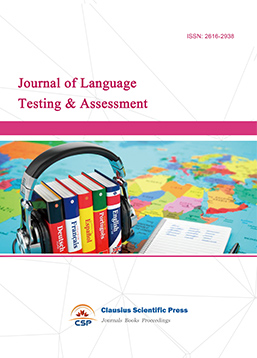
-
Information and Knowledge Management
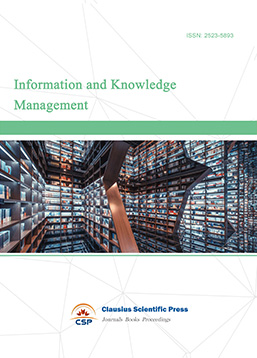
-
Military and Armament Science
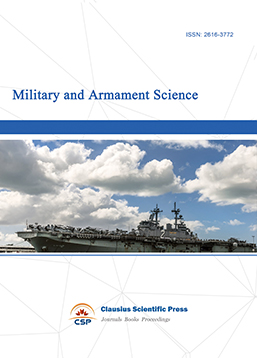
-
Media and Communication Research
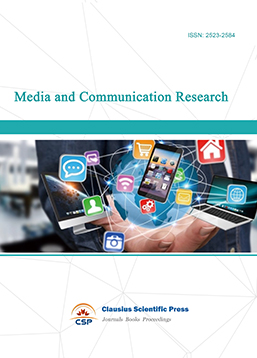
-
Journal of Human Movement Science
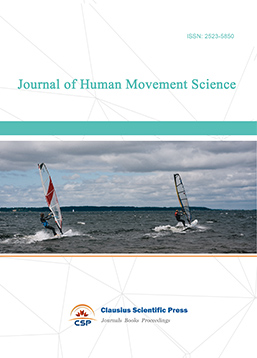
-
Art and Performance Letters
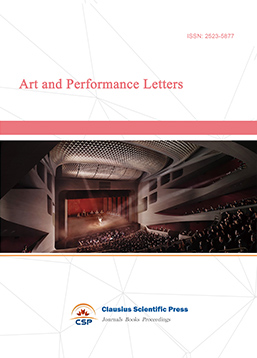
-
Lecture Notes on History
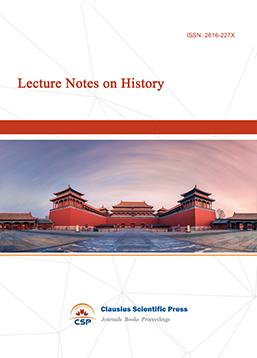
-
Philosophy Journal
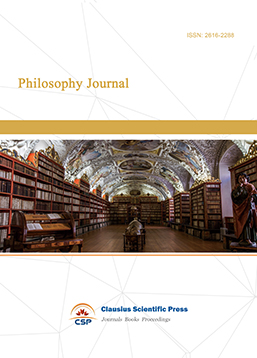
-
Science of Law Journal
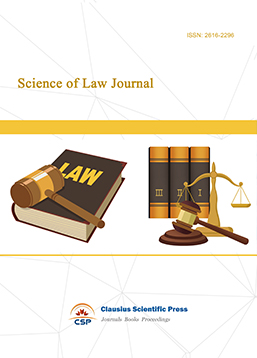
-
Journal of Political Science Research
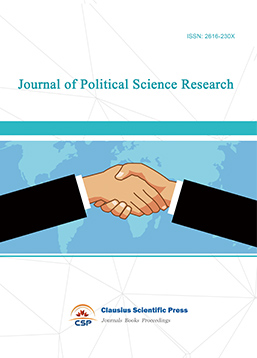
-
Journal of Sociology and Ethnology
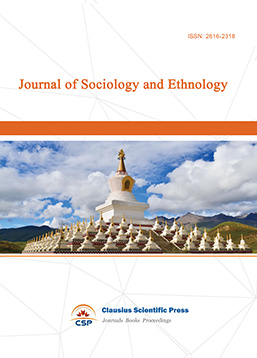
-
Advances in Broadcasting


 Download as PDF
Download as PDF